School safety is at a crossroads. Every morning, parents and educators across the country hope for an ordinary day—one where students can learn and grow without fear.
Yet, the reality is sobering: According to the Gun Violence Research Center’s 2024 Gun Violence Report, U.S. K-12 campuses experienced 1,417 gun-related incidents and 37 fatalities in 2024. Higher-education institutions saw 88 gun incidents, with 14 fatalities.
With school shootings showing no sign of slowing down, the question on everyone’s mind is clear: How can we better protect our children and educators?
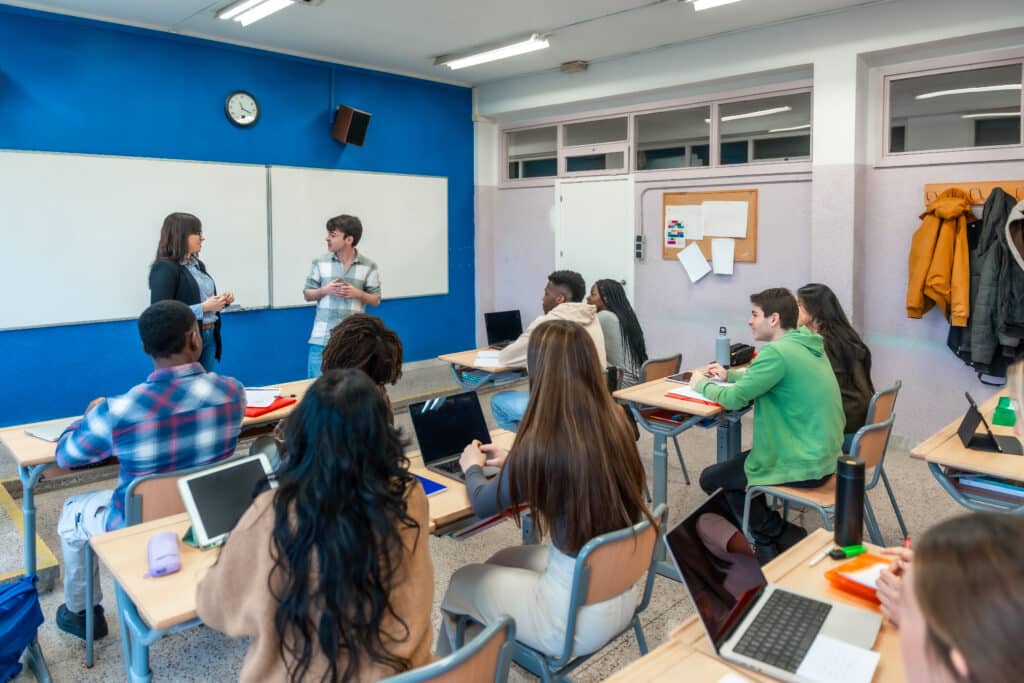
It’s time to look beyond the old ways. While metal detectors have long been a familiar sight in some schools, new technologies—like visual AI gun detection—are changing the landscape of campus security.
Here, we’ll explore how these solutions compare, and why AI-powered detection is a game-changer for safer schools.
Beyond Deterrence
From classrooms to cafeterias, schools should be safe havens. But as the number of school shootings keeps growing, the need for effective prevention and rapid response has never been more urgent.
The right security system doesn’t just deter threats—it can save lives by giving staff and first responders precious extra time when every second counts.
Metal Detectors: The Old Guard
Metal detectors are one of the most recognized school security tools, but their actual use is surprisingly limited. According Statista data, 13.6% of U.S. students aged 12-18 reported seeing metal detectors at their schools in 2022.
These devices come in two main forms: walk-through gates at entrances and handheld wands for closer inspections.
What Metal Detectors Offer
- Detect metal objects, including guns, at entry points
- Available as walk-through gates or handheld wands
- Familiar technology that can deter some threats
But there are trade-offs. Installing a walk-through detector can cost $4,000–$5,000, excluding the time and expense of staff training. Handheld wands are more affordable but require extra personnel to operate efficiently.

While some schools may use their on-site staff for metal detector operations, the prevailing practice is to have trained security guards or dedicated security personnel operate and monitor the devices to ensure both safety and proper procedure. Average annual salary per guard: $32,000 to $45,000.
Where Metal Detectors Fall Short
- High upfront and ongoing costs
- Limited to a single checkpoint
- Slow down entry, causing bottlenecks and late arrivals
- High rate of false alarms (think keys and belt buckles)
- Can feel invasive or unwelcoming, especially to students who already feel over-policed
Metal detectors can’t tell the difference between a weapon and a harmless object, and they don’t provide any visual record if something slips through. Plus, their presence can unintentionally send a message of distrust, making schools feel more like checkpoints than communities.
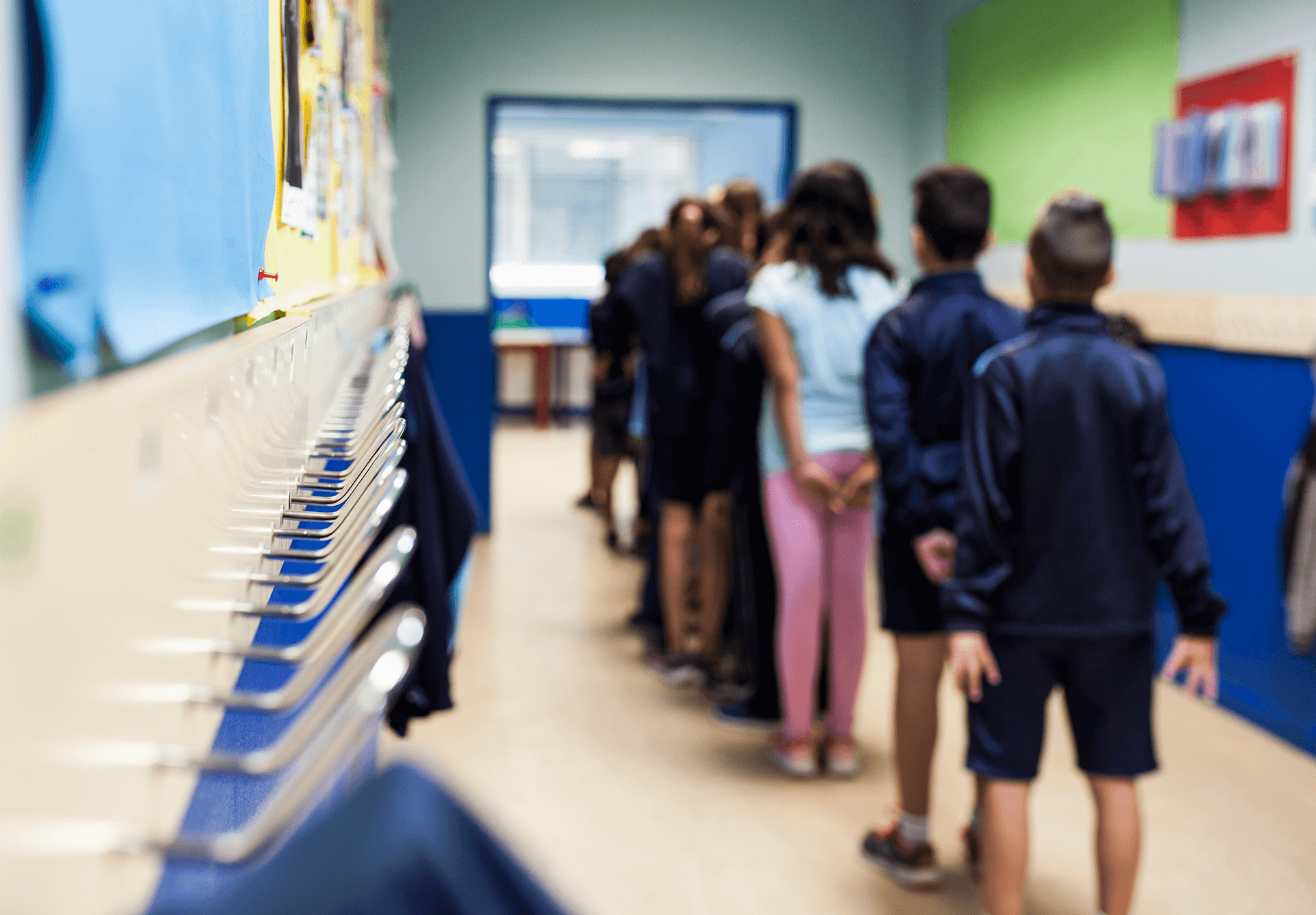
A New Era: AI Gun Detection
Today, there’s a system that doesn’t require students to line up, empty their pockets, or feel scrutinized at the door.
ZeroEyes’ AI gun detection quietly monitors your school’s existing security cameras 24/7/365, scanning for visible firearms. If a potential threat is detected, highly trained professionals—all U.S. military veterans or former law enforcement officers—verify the alert and notify school staff and local police, typically within just 3 to 5 seconds.
Here’s a look at how it works…
Why AI Gun Detection Stands Out
- Integrates with existing security cameras—no need for expensive new hardware
- Detects visible firearms immediately
- Alerts confirmed by U.S.-based security experts, reducing false alarms
- Sends detailed, verified alerts to authorities and school staff in seconds
Average Investment for ZeroEyes
When it comes to cost, most schools pay less than $7 per student per month for ZeroEyes—often less than traditional security measures.
Many schools can leverage various funding sources, including state and federal grants, sole-source funding, sponsors, boosters, community support, and more. See if your school is eligible.
Benefits Beyond the Basics
- Enables rapid, coordinated response in a crisis
- Operates discreetly, so students and staff aren’t disrupted or singled out
- Reduces the need for physical searches and invasive procedures
- Helps create a welcoming environment while keeping security tight
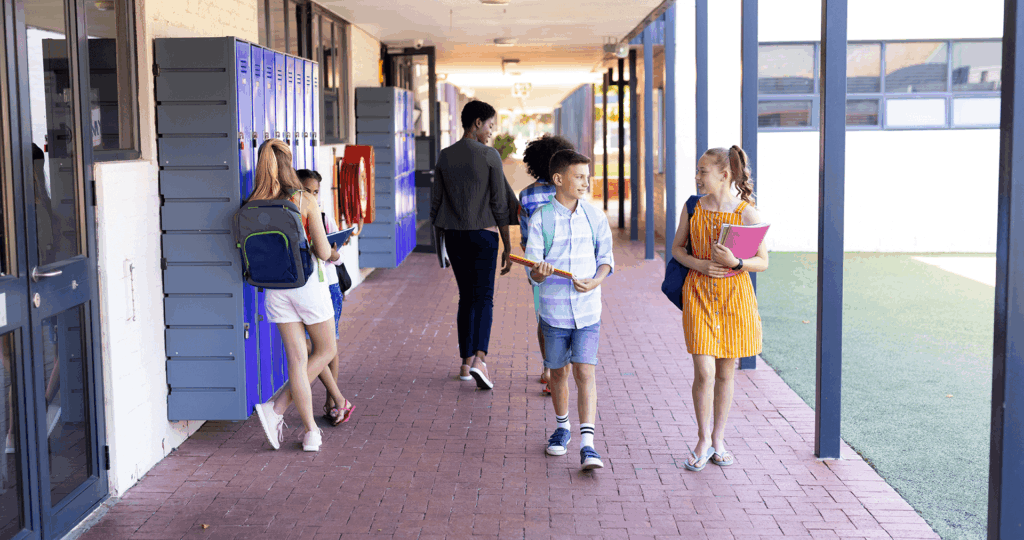
Privacy and Trust at the Forefront
ZeroEyes’ system is designed with privacy in mind. It never uses facial recognition or audio—just visual detection of firearms.
Unlike metal detectors, which can be intrusive and even discriminatory, AI gun detection performs its job without scanning or identifying individuals.
Faster, Smarter Threat Response
What if a weapon bypasses the main entrance? AI detection isn’t limited to a single checkpoint.
It can spot visible firearms anywhere on campus and instantly send alerts with the shooter’s description, location, and direction of travel. This gives security teams and law enforcement a critical head start.
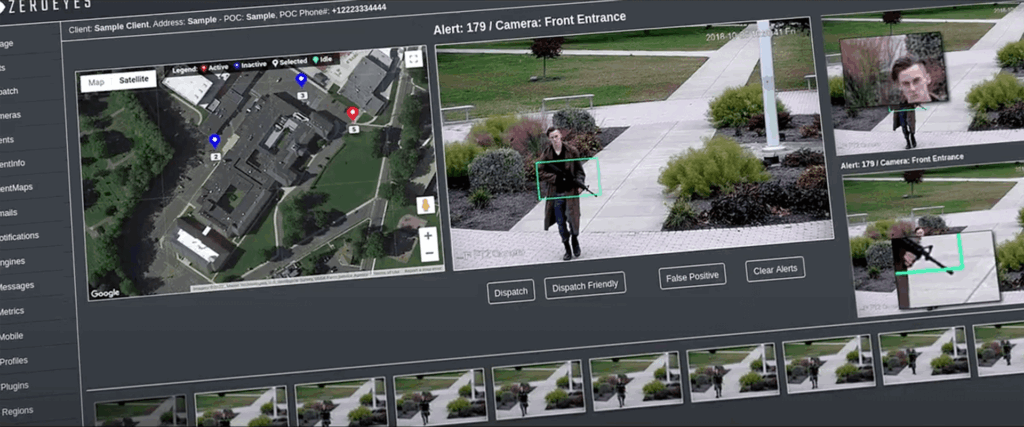
Born from Tragedy, Built for Safety
Founded in 2018 by a team of Navy SEAL veterans and elite technologists following the Parkland high school shooting, ZeroEyes was created to protect people from having to face similar circumstances.
The company is also the first visual gun detection platform to receive the Department of Homeland Security’s SAFETY Act Designation, recognizing it as an effective measure against active shooter situations.
The Bottom Line
Everyone deserves to feel safe at school. By combining advanced technology with humans in the loop, ZeroEyes AI gun detection gives schools a powerful new way to protect their communities—without sacrificing trust, privacy, or the welcoming environment students need to thrive.
How secure is your school? Get the School Safety Checklist—a FREE guide to building a strong, multi-layered security strategy for your campus. Because when it comes to our children’s safety, there’s no time to waste.
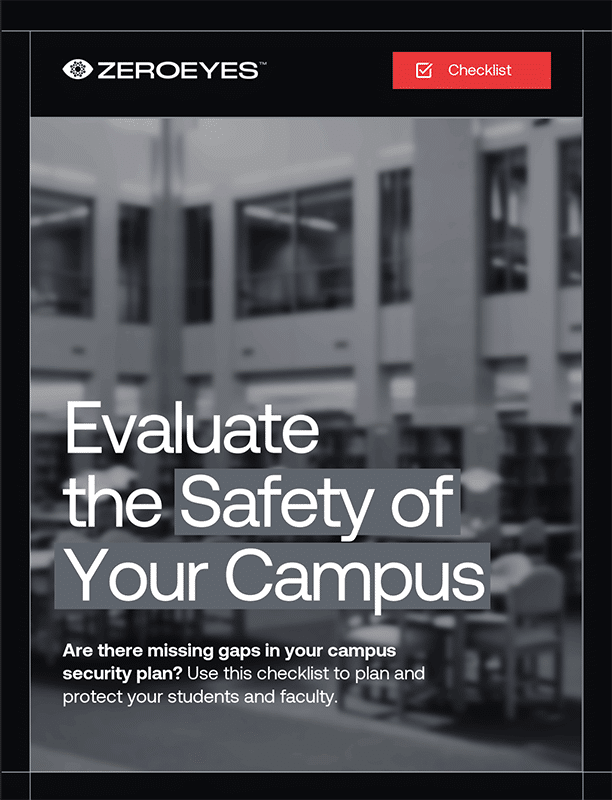
See firsthand how proactive, AI-powered gun detection can help protect your students and staff—book a live ZeroEyes demo today and discover how seconds saved can mean lives saved.
